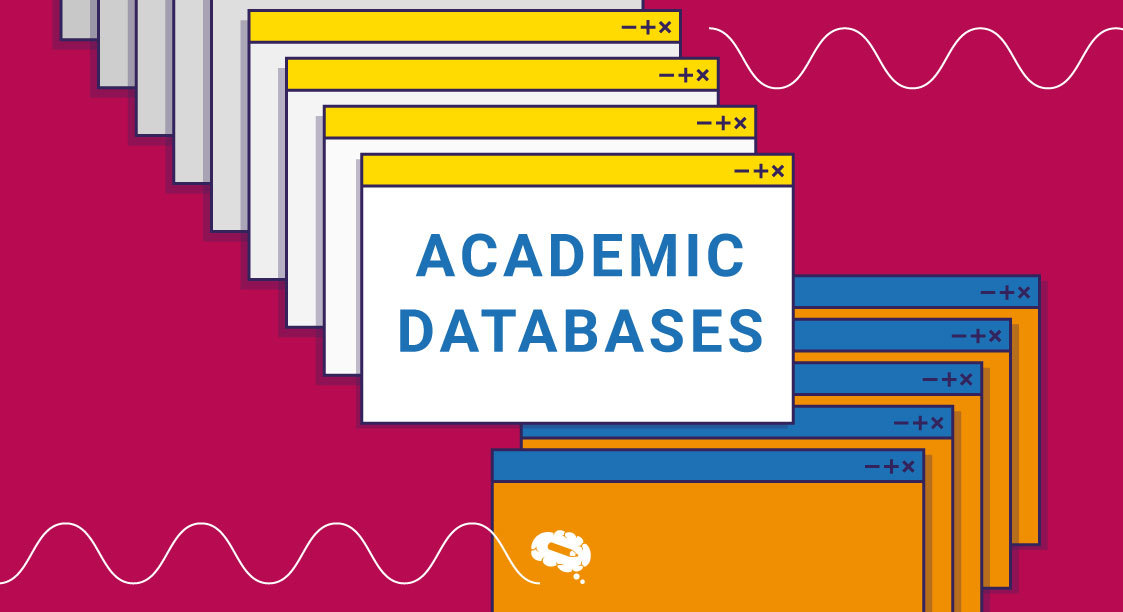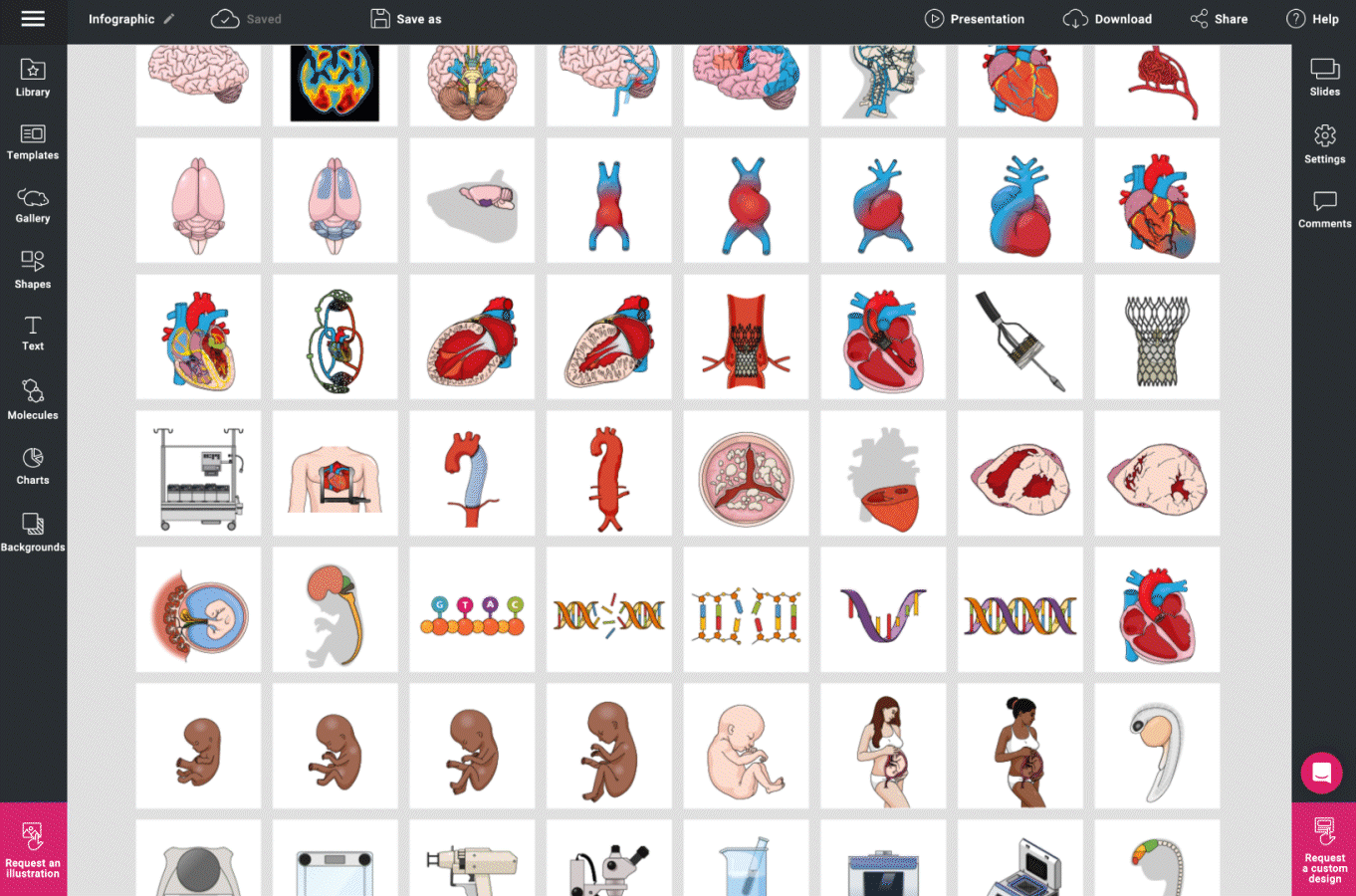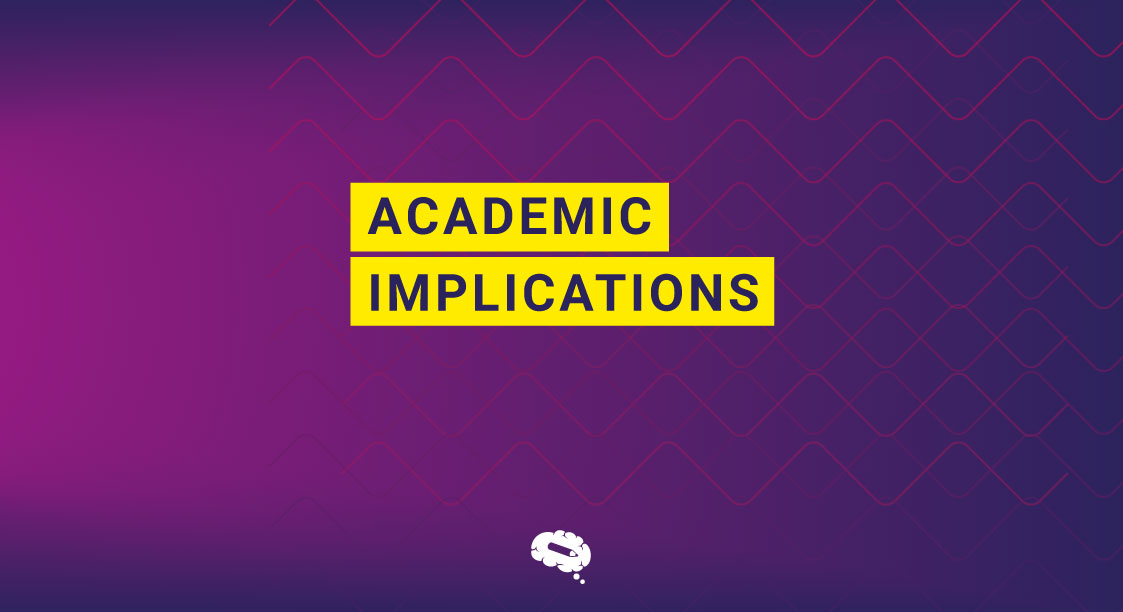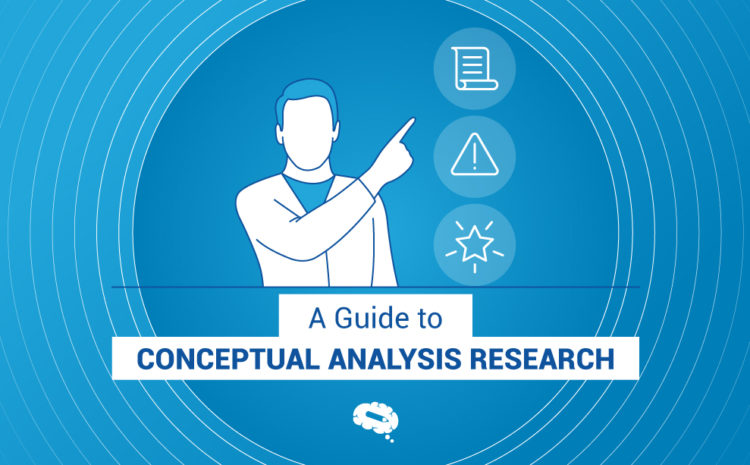In the age of information, academic databases have emerged as essential hubs of knowledge. These digital storages have transformed the way researchers, students, and academics access and interact with information.
This article delves into the world of academic databases, exploring their significance, types, and the benefits they bring to the realms of learning and research. So, let us get started.
What Is An Academic Database?
An academic database, also known as a scholarly database, is a digital repository or collection of academic resources, research articles, papers, journals, books, conference proceedings, and other scholarly materials that are related to various academic disciplines. These databases serve as centralized platforms for researchers, students, and professionals to access high-quality, peer-reviewed information and conduct academic research.
Popular examples of academic databases include PubMed for medical research, IEEE Xplore for engineering and technology, JSTOR for humanities and social sciences, and Scopus for multidisciplinary research.
Types Of Academic Databases
Academic databases come in various types, each catering to specific academic disciplines or purposes. Here are some common types of academic databases, along with brief explanations for each
Multidisciplinary Databases
These databases cover a wide range of academic fields and include content from various disciplines. They are suitable for general research and exploration across different subject areas.
Examples:
- PubMed (medicine and life sciences)
- Scopus (multidisciplinary)
- Google Scholar (multidisciplinary)
Subject-Specific Databases
These databases focus on a single academic field or subject area, providing in-depth and specialized content for researchers and students in that particular discipline.
Examples:
- PsycINFO (psychology)
- ERIC (education)
- MathSciNet (mathematics)
Abstracting And Indexing Databases
These databases do not provide full-text articles but instead offer abstracts, citations, and indexing information for academic publications. Researchers often use them to discover relevant articles and then access the full texts through other means.
Examples:
- Web of Science (multidisciplinary)
- ProQuest (multidisciplinary)
- INSPEC (physics, engineering)
Full-Text Databases
Full-text databases provide access to complete articles, books, and other scholarly publications within a specific subject area or across multiple disciplines.
Examples:
- JSTOR (humanities and social sciences)
- IEEE Xplore (engineering and technology)
- ScienceDirect (science and engineering)
Citation Databases
Citation databases focus on tracking citations between academic articles, helping researchers identify influential works, trends, and the impact of their own research.
Examples:
- Google Scholar (multidisciplinary)
- Web of Science (multidisciplinary)
- Microsoft Academic (multidisciplinary)
Open Access Databases
Open-access databases provide free and unrestricted access to academic content. They promote the sharing of knowledge without paywalls or subscription fees.
Examples:
- Directory of Open Access Journals (DOAJ)
- Public Library of Science (PLOS)
- BioMed Central (BMC)
Also Read: Pros and Cons of Open Access Publishing: Empowering Academics
Each type of academic database serves a unique purpose and audience, enabling researchers, students, and academics to access relevant scholarly information within their specific areas of interest or study.
Benefits Of Using Academic Databases
Using academic databases offers several benefits to researchers, students, and academics. These databases are valuable tools for accessing high-quality scholarly information and conducting research. Here are some of the key benefits of using academic databases:
Access to High-Quality Information
Academic databases contain peer-reviewed and reputable sources, ensuring the reliability and credibility of the information available. Researchers can trust the accuracy of the content they find.
Efficient Searching
Databases provide advanced search features, such as keyword searches, filters, and Boolean operators, which allow users to refine their searches and find relevant information quickly.
Comprehensive Coverage
Many academic databases cover a wide range of topics and disciplines, providing access to a diverse array of scholarly materials, including research articles, books, thesis, and more.
Time Savings
Researchers can save time by using databases instead of manually searching through numerous journals and publications. Databases compile relevant materials in one place, streamlining the research process.
Citation Assistance
Databases often include citation information for each article or publication, making it easier for researchers to properly cite their sources in their own work, which is crucial for academic integrity.
Current and Historical Content
Databases offer access to both current research and historical publications, allowing researchers to trace the development of ideas and track changes in a particular field over time.
Interdisciplinary Research
Multidisciplinary databases enable researchers to explore connections between different academic disciplines, fostering interdisciplinary research and innovation.
Remote Access
Many academic institutions provide remote access to their databases, allowing students and researchers to access materials from anywhere with an internet connection.
Types of Academic Resources Available in Academic Databases
Academic databases offer a wide variety of academic resources that cater to the needs of researchers, students, and academics. These resources encompass different formats and types of content to support various aspects of scholarly work. Here are some common types of academic resources available in academic databases:
Research Articles
- These are scholarly articles published in academic journals.
- They typically present original research findings, methodologies, and discussions of academic topics.
- Research articles undergo peer review before publication to ensure quality and validity.
Conference Papers And Proceedings
- These include papers presented at academic conferences and the proceedings of those conferences.
- They often contain the latest research findings and innovations in a particular field.
Books And Book Chapters
- Academic databases may provide access to full books or individual chapters from academic books.
- Books offer in-depth coverage of topics and serve as comprehensive references.
Thesis and Dissertations
- These are research documents submitted by graduate students as part of their degree requirements.
- Thesis and dissertations often contain original research and contribute to the scholarly discourse in a specific field.
Reports and Whitepapers
- These documents are often published by research institutions, government agencies, or organizations.
- Reports and whitepapers provide detailed analysis, data, and recommendations on various topics.
Reviews and Commentaries
- These articles offer critical assessments, critiques, or commentary on existing research or academic topics.
- Reviews can help researchers understand the state of knowledge in a particular area.
Reference Materials
- Academic databases may include reference materials like dictionaries, encyclopedias, and handbooks.
- These resources provide definitions, explanations, and overviews of academic concepts and topics.
These types of academic resources collectively support research, teaching, and learning across a wide range of academic disciplines and are vital for advancing knowledge in various fields.
In conclusion, academic databases serve as indispensable tools in the world of education and research. They provide a vast and organized collection of scholarly resources, offering researchers, students, and academics quick and reliable access to the wealth of human knowledge.
Related Article: The Academic Success Blueprint That Helps You Thrive And Shine
Are You Looking For Figures And Illustrations To Communicate Science?
Are you looking for figures and illustrations to communicate science? Well, look no further as Mind the Graph brings you a library of infographics that can convey your message through visuals. Sign up now for free to explore more.

Subscribe to our newsletter
Exclusive high quality content about effective visual
communication in science.






